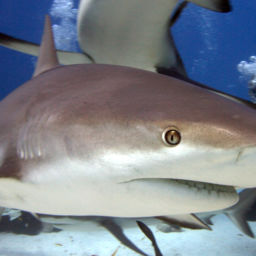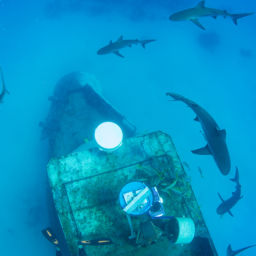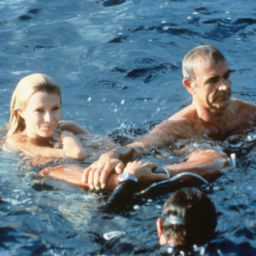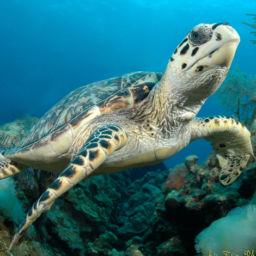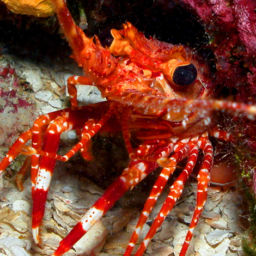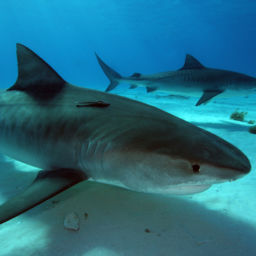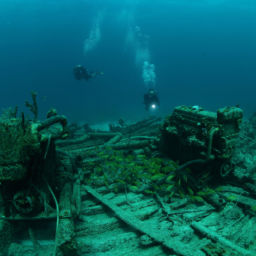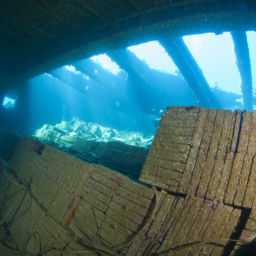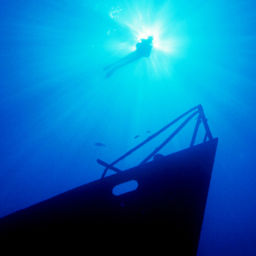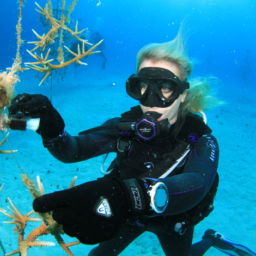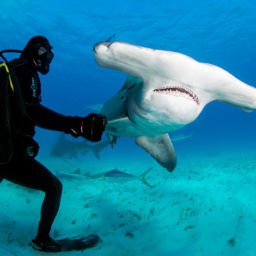As we made our way across the tarmac to the tiny 19-seater plane, we knew were finally stepping off the beaten track. We had been waiting at the Nassau, Bahamas, airport for several hours. Strong winds buffeted the departure lounge windows and made takeoff impossible. After our luggage was finally loaded, the plane’s front propeller shuddered to life and it was time to leave for Long Island. This thin strip of land, one of the Bahamas’ Out Islands, features spectacular white-sand cays and shallow reef on one side, and plunging ocean walls on the other.
Getting to Long Island
After a nerve-wracking take-off, the 45-minute flight to Deadman’s Cay was scenic. Cotton-candy cumulus clouds rose in white banks on all sides. Between them, stretches of white sand ringed by turquoise water promised incredible things to come. By the time we landed, our excitement levels were at a fever pitch. We rented a dilapidated island car and drove north toward Salt Pond. Oor destination was the charming guesthouse at Grotto Bay, home for the next 10 days.
It didn’t take long for us to realize the extent of Hurricane Joaquin’s damage. The storm hammered Long Island for three days last October. Everywhere, tangled carcasses of rusted cars and shattered boats littered the bush, flung into the trees by the storm’s force. Joaquin leveled businesses and homes, decimating livelihoods and lives. And yet, we found Long Island in the process of a slow renaissance. The people were incredibly welcoming and amazed us with their generosity.
Hurricane Joaquin’s chaos, however, couldn’t hold a candle to Long Island’s natural beauty. Glistening limestone headlands carved into fantastic shapes by the foam-crested waves; white-gold cays surrounded by water the color of sea glass; and sunsets that disappeared into the ocean via the famed green flash — all vied for our attention. We ticked off a bucket-list item when we snorkeled in Dean’s Blue Hole, the deepest of the world’s freshwater blue holes. One moment, we were standing waist-deep in a shallow bay, the next, we were snorkeling over impossible depths.
The Daily Grind
We got up with the sun and went to bed long after it set. We spent our days casting for bonefish on the flats, or feeding tarpon at the Flying Fish Marina. We ate our fill of coleslaw, fried plantain and conch salad. We stayed up late drinking coconut rum and swapping stories with our islander friends. Unfortunately, although the sun shone with magnificently every day, the wind that had plagued our arrival persisted throughout our time on Long Island. We had hoped to dive every day, and in particular, to experience the Bahamas’ oldest shark dive, pioneered by local dive center Stella Maris. Upon contacting the center, however, it became apparent that the weather had rendered the dive boats unable to launch.
We had a single window to go diving, on a morning when the wind died down briefly. We visited the closest (and therefore most protected) dive site, thrilled to be underwater at last. We met our divemaster, Robert, at the Stella Maris Marina. While we waited for him to declare the boat ready for departure, we sat on the jetty admiring a sardine school weaving its way around the structure’s submerged pillars.
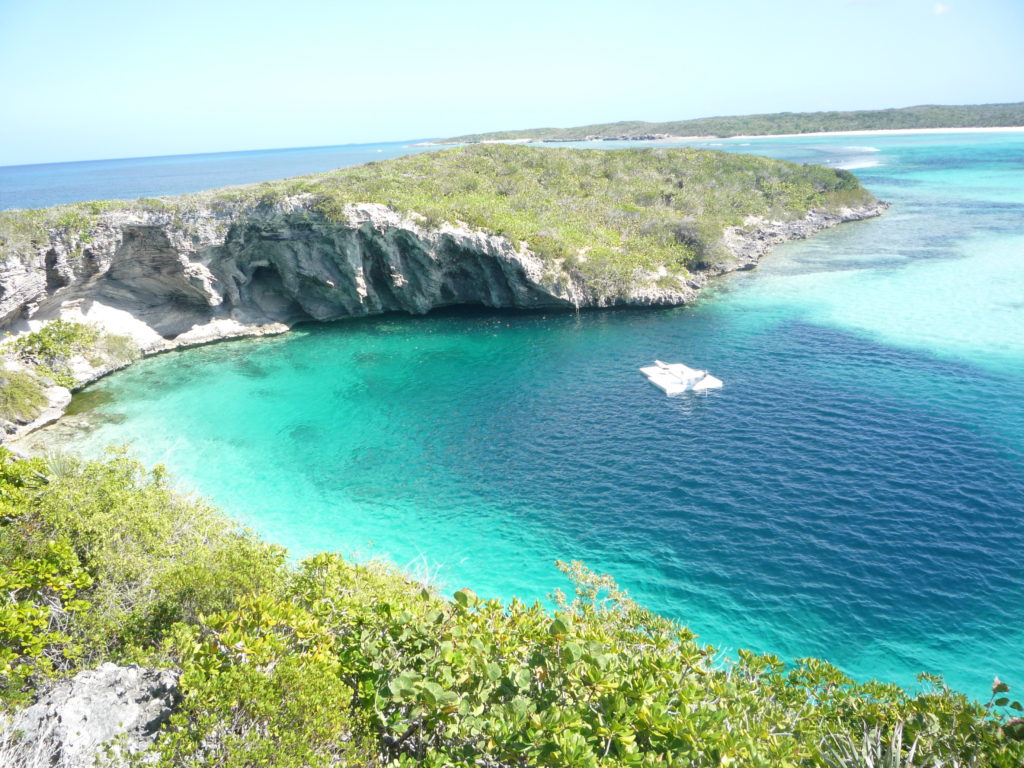
Our Dive Day
The journey out to deep water was lovely. There is no blue quite like the blue of a Bahamian sea, and we found ourselves mesmerized. The wind was still at full force, and as we cruised over the choppy seas the spray coursed in great rivulets through the boat’s unsealed windows. When we finally arrived at the dive site, it took only moments to get ready, and soon we were descending through 30 feet of crystalline water to the seafloor, where the sunshine filtering from above dappled the reef in vivid color. We discovered a landscape of swaying purple sea fans, adorned with leopard-spotted flamingo tongue snails. Coral columns stretched towards the surface, their misshapen shoulders studded with Christmas tree worms. Schools of bright yellow snapper and inquisitive goatfish cruised over the reef in shining squadrons.
I spent several minutes finning alongside a red-and-cream striped trumpetfish, one of the largest I’ve ever seen. An enormous southern stingray made itself known by the sight of its spiracles gently inhaling and exhaling, causing a miniature avalanche of sand. When I swam next to it to take photos, I realized that with its tail, it was easily longer than my own 5’9” frame. Halfway through the dive, we abandoned the reef for a tour across the wave-sculpted seafloor. Here, a colony of garden eels protruded curiously from the luminous sand like meerkats from their burrows.
We didn’t see any of Long Island’s famous sharks on our dive, although we saw plenty from boats and from the marina jetty. We found deep overhangs packed full of gargantuan lobster, and coral heads crowned by shoals of fluorescent blue baitfish. We saw grouper waiting open-mouthed in hidden crevices. Ultimately, though, our single Long Island dive confirmed that the Bahamas Out Islands hold myriad treasures.


